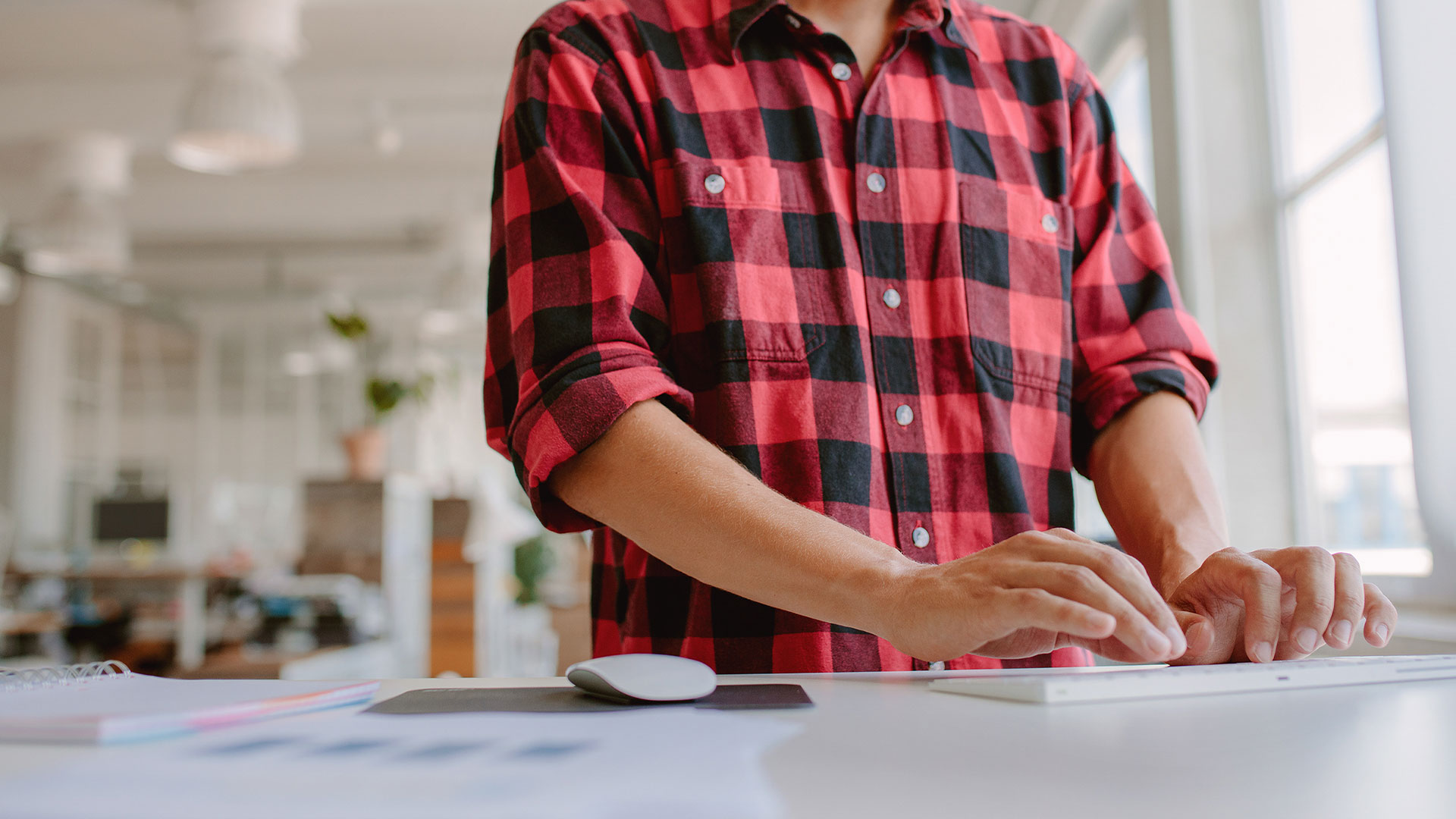Have you ever wondered what is involved during the graphic design process? This blog post serves as an overview to shed light on what you should look out for, whether you’re a designer or a client.
Whenever I receive a project enquiry, I often get asked about my design process and what it entails. Unfortunately, there isn’t a stock answer that applies to everyone. Each design project comes to me from a slightly different perspective, all with distinct goals and challenges. To achieve a truly tailored outcome, there is no “one-size-fits-all” solution, meaning a slightly different approach depending on the situation.
All designers have their spin on the design process, and having said all of the above, I believe at least five essential qualities should be present during any project. These qualities apply to both the designer and the client. Together they form an effective formula for success and help produce optimal results, or at least they have in my design and branding experience!
At the risk of sounding like a TV talent show host, in no particular order, these are:
1. Collaboration
2. Communication
3. Transparency
4. Structure
5. Trust
1. Collaboration
Although I said in no particular order, collaboration is the cornerstone of any design process. No matter the task, the desired outcome cannot be achieved to its full potential without both the designer and the client playing their part and working together. You could argue that the client is paying the designer to do a job, so they should be able to do it solo. To some extent, this may be possible. However, by working side-by-side, both parties are enriched by each other’s knowledge, benefitting the final result.
2. Communication
It doesn't matter whether initial contact is via a phone call, WhatsApp message or email. Clear communication from both parties at the outset is crucial in ensuring good understanding and prevents a project from meandering off-course. Everyone has their preferred method of contact, and that’s fine, but I find it helps to always include written communication. For example, following a phone call or Zoom meeting, I follow up with a quick email to summarise the discussion and explain the next steps in the design process. Doing this provides a future reference point for everyone, ensures we are all on the same page and opens the floor for any clarifying questions.
3. Transparency
Nurturing an open environment allows both the client and the designer to express their thoughts and opinions freely, allowing for important conversations that directly shape the design for the better. As long as discussions are had respectfully and constructively, honesty is paramount in getting to the root of a design project and ensuring the right path is taken in order to arrive at the optimal solution.
4. Structure
Having a structure that everyone can follow and understand alleviates many anxieties, ensuring all parties are on the same page and know where a project is heading. From a client's point of view, effectively bringing in a stranger to work on their business is a daunting prospect. Therefore, communicating a clear roadmap with defined stages is vital. A structure is as important for the designer because it is the backbone of a project, providing order and accountability.
5. Trust
As with many of these qualities, there is a lot of overlap, but trust intrinsically runs through them all. It is integral and must be felt by both the client and the designer because, without it, there is nothing. We all know that trust must be earned, and simply having a solid, thought-out process that is communicated well and agreed upon, is a great first impression and goes a long way to earning that trust on both sides. The client should trust in a designer’s skills and capabilities, while the designer should respect the knowledge and insight that a client brings. Egos from either side have no place in the design process.
In summary, combining these five qualities creates a recipe for success. It puts the client at ease, provides a supportive and optimal working environment and results in the best possible outcome. Now, I do not doubt that some people may disagree with certain points I have made, and I am not saying this is the perfect and only solution, just that it has worked for me and my clients on numerous occasions. Successful branding projects of mine that are a result of this process include Luvvi and UND.
It would be great to hear your thoughts. Are you a designer with a different process and have something to add? Or are you a client that has experienced a good or bad design process in the past? You can find me on Email, Twitter, LinkedIn and Instagram.
